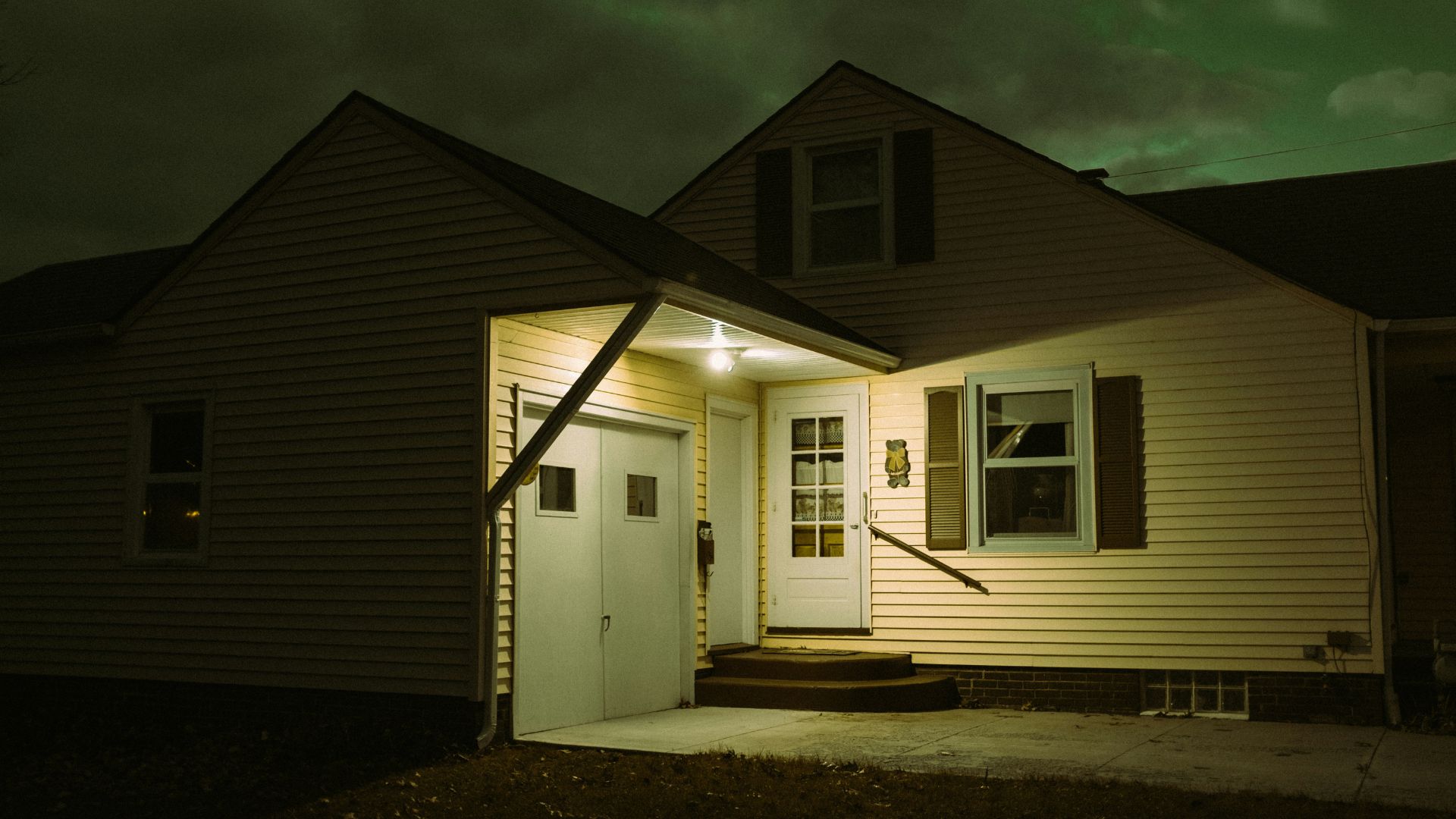California’s construction costs are sky-high, adding fuel to the ongoing housing crisis. Families in lower income brackets are hit hardest, finding themselves caught in the crunch of rising prices that make affordable housing a near impossibility.
This growing gap between housing demand and available supply, particularly in bustling urban centers, is not just pushing costs up—it’s reshaping the state’s economic landscape.
How Housing Shortages Slow California’s Growth

The ripple effects of California’s deepening housing crisis touch every corner of its economy. A dire lack of affordable homes is stifling new business investments and prompting both companies and their employees to flee to more economical states.
This exodus is propelled by what’s been termed the nation’s highest level of functional poverty, feeding into California’s unprecedented homelessness issue.
Lofty Goals, Grounded Realities

California’s response to the housing shortage includes a directive for local governments to facilitate the building of 2.5 million new homes over eight years, aiming for over 300,000 units annually with a strong focus on affordability.
Despite these ambitious targets, current efforts are falling dramatically short, particularly in meeting the needs of lower-income families.
A Glimpse at Today’s Housing Development Trends

The reality for housing development in California is grim.
Achieving only a third of planned housing targets, the state saw a concerning 2.9% drop in residential permits in 2023 from the previous year. This downtrend in permits signals a broader issue in meeting housing needs amid growing demands.
The Impact of Rising Interest Rates on Housing

The Federal Reserve’s strategy to combat inflation with high interest rates is impacting more than just the economy; it’s putting additional strain on California’s housing sector.
These elevated rates complicate the already challenging environment for launching new housing projects, further tightening the screws on potential developments.
Inflation’s Toll on Building Costs

As if regulatory hurdles weren’t enough, inflation is driving up the costs of construction materials and labor, adding layers of complexity to the housing puzzle.
These rising costs create formidable barriers to advancing housing projects, despite desperate need and demand.
Sacramento’s Sequoia Hotel Transformation

The historic Sequoia Hotel in downtown Sacramento is undergoing a $50.1 million makeover into 88 small housing units for the homeless.
Astonishingly, the cost per unit nearly matches that of a middle-class single-family home in the area, demonstrating the financial extremes involved in addressing homelessness.
A Million-Dollar Effort in San Francisco

In the heart of San Francisco, a damaged building is being converted into 35 low-rent apartments, each costing around one million dollars to develop.
This staggering figure, reported by the San Francisco Chronicle, illustrates the daunting expense of creating affordable living spaces in prime urban locales.
The Surging Expense of Affordable Housing

Just five years ago, building affordable housing in San Francisco was markedly cheaper.
Today, costs have surged to a million dollars or more per unit, indicating a significant escalation in the financial burden of developing housing, as reported by the Bay Area Council Economic Institute.
The High Price of Government Housing Projects

State-run housing projects carry hefty price tags due to strict requirements like union-scale wages and complex funding mechanisms.
These expenses reflect the stringent and elaborate standards that must be met, making these projects among the most costly.
Cost Savings in the Private Sector

Contrastingly, private housing developments can often be executed more economically, especially when utilizing prefabricated, modular units.
However, these cost-effective techniques face resistance from construction unions, which argue they could undercut traditional construction roles.
Apple’s Innovative Housing Fund

Apple, along with other philanthropists, has established a $50 million housing fund aimed at supporting economically viable housing projects.
This initiative sets strict cost caps to ensure the development of affordable and sustainable housing solutions, paving the way for future efforts in community-supportive housing finance.
